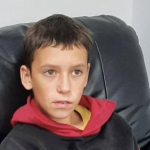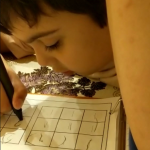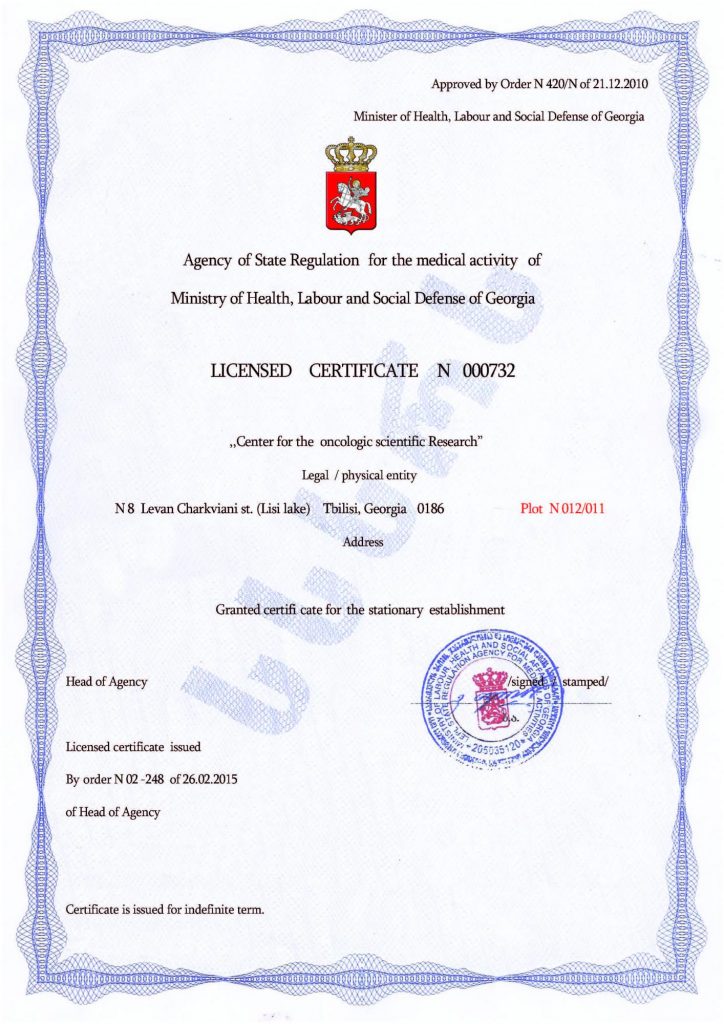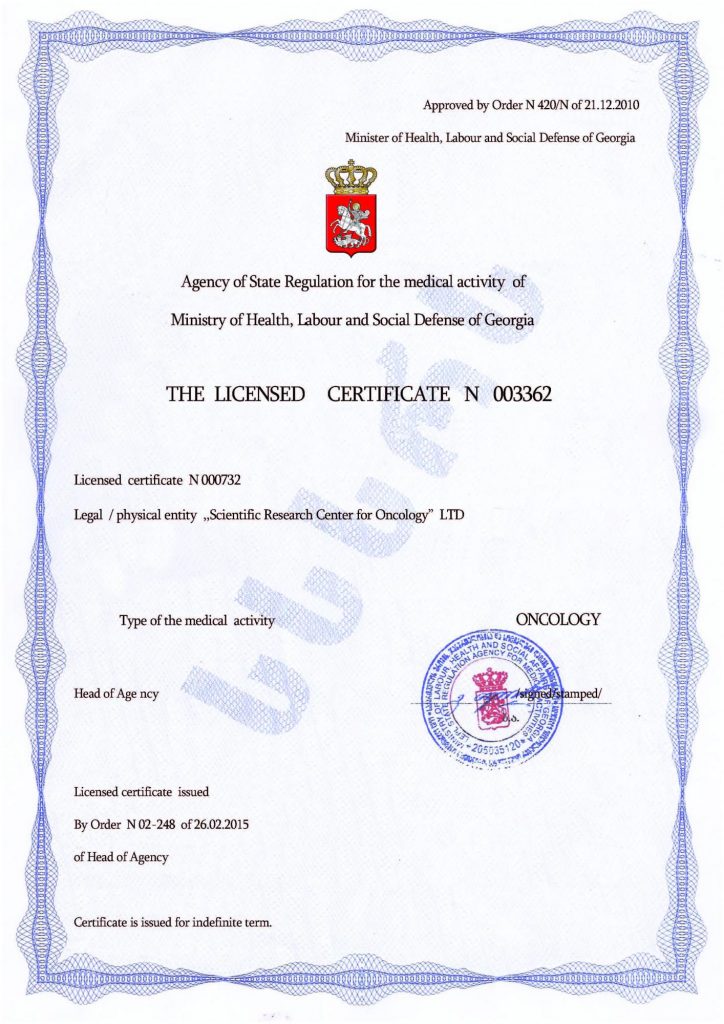Why Are Children with Autism Withdrawn?
Almost every parent notices that their child with autism is different from other children in their reluctance to communicate. This often leads to concerns that something might be wrong. Withdrawal in children with autism can be linked to several factors, each of which may vary depending on the individual characteristics of the child.
Main Reasons for Avoiding Interaction with Others
Difficulties in Social Interaction:
Children with autism may struggle to understand social cues such as facial expressions and gestures. This can lead to them avoiding social interactions because they are unsure how to react or communicate appropriately.
Sensitivity to Sensory Stimuli:
Autism is often accompanied by heightened sensitivity to sensory stimuli (sounds, light, textures). This sensitivity can make social situations and the surrounding environment overwhelming or stressful.
Preference for Solitude:
Some children with autism may simply prefer solitude or engage in individual activities they find interesting, rather than participating in group games or social events.
Communication Challenges:
Speech and communication problems can make social interactions more difficult and less enjoyable for children with autism. They may feel uncomfortable or insecure when interacting with others.
Routine Preferences:
Children with autism often prefer to stick to routines and predictable situations. Changes in their environment or social situations can cause anxiety, leading to isolation.
Fewer Social Skills:
Due to difficulties in developing social skills, children with autism may not know how to start or maintain a conversation, which can cause them to avoid social interactions altogether.
How to Help an Autistic Child Become More Open?
It’s important to remember that withdrawal is not a universal trait of all children with autism, and many of them can develop successful and fulfilling social relationships, especially with the support and understanding of family and others. Socializing a child with autism can be challenging, but it is possible and achievable with the right approach and support. What are the methods to ensure social adaptation for an autistic child?
Step 1: Assessing Needs
With the help of a specialist, it’s essential to diagnose the child’s behavioral characteristics and identify daily triggers that need to be addressed.
Step 2: Developing an Individualized Rehabilitation Program
Specialist assistance is crucial at this stage. An individualized rehabilitation plan should be created, taking into account the child’s unique needs.
Step 3: Play and Role-Playing Activities
Using games and role models to teach social skills such as communication, collaboration, and understanding emotions.
Step 4: Working with Professionals
At this stage, working with a speech therapist, psychologist, ABA therapist, or social educator is essential. Later, once the child is ready, group activities can be introduced.
Throughout the entire process, it is important to provide ongoing support, praise any progress, show interest, and exercise patience.
Modern Cell Therapy for Autism Rehabilitation
Bone marrow stem cell transplantation is a new chapter in autism therapy. Today, many clinics around the world are practicing this procedure. The Mardaleishvili Medical Center in Georgia has been performing bone marrow transplant operations for children with autism aged 3 to 12 for over 10 years. The success rate exceeds 90%. Within a year after the operation, children show a significant developmental leap, and issues that have been worked on for years are resolved. It is important to understand that the therapy is aimed at correcting autistic behaviors. While it does not cure autism entirely, it significantly reduces its manifestations.
Learn more about stem cell therapy for autism in Georgia.
Autism Treatment Center Videos
Autism treatment with own stem cells
Cord blood association congress
International Quality Crown
Autism Treatment Reviews
Autism treatment with own stem cells
The story of Alessandro (6 years old)
Autism Patient Testimonial - Stem Cell Treatment
Clients Testimonials

Feedback from Yulia, mother of Emily (7 years old) Read More

Feedback by Everita, Katrina’s mother (5 years old) Read More

Feedback from Igor, David’s father (12 years old) Read More

Feedback from Olga, Fedya’s mother Read More

Feedback from Natalia, Radomir’s mother (15 years old) Read More












